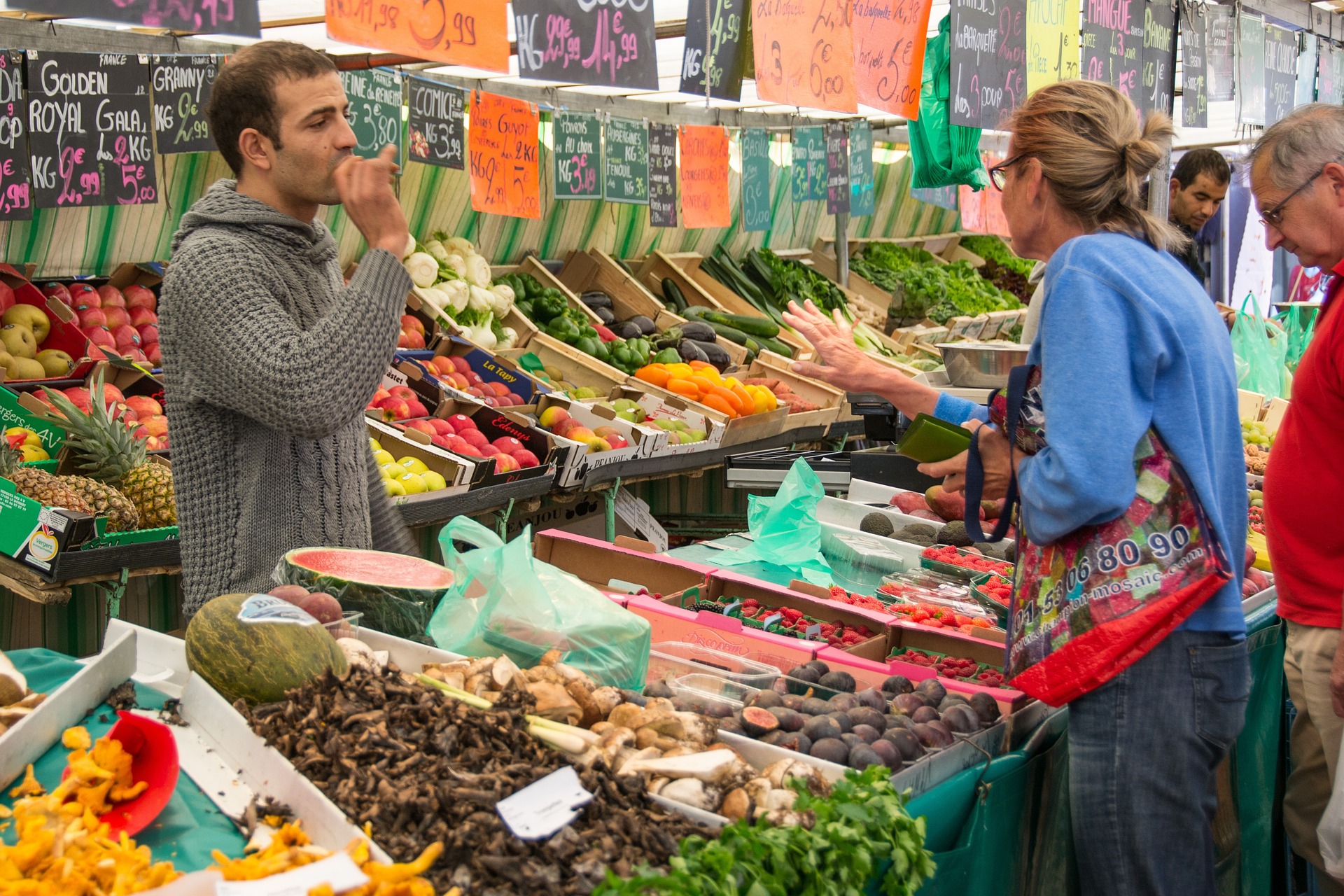These days it’s possible to buy stuff with shocking origins and impacts. We might not have time to be fussy about what we buy, or the money to afford the greenest option, but making an effort is the first step on the journey and nobody is expecting you to be perfect. We just have to put a bit of thought into what we buy, make the best choices, and make up for the inevitable compromises.
- Check out the product for sustainability, workers’ rights, slave labour, conflict minerals, carbon footprint, toxic chemicals…
- Check the manufacturer for their corporate status – do they pay taxes? Do they allow unions? How is their ESG ranking?
- Check the vendor: is it part of the local community, will it take its packaging back to recycle?
- Compromised? Of course! If so, make sure to email the vendor or manufacturer to let them know you expect them to do better – or just give a stinky review for obvious fails!
Try searching on “is it ethically sound to buy…” and see what comes up. No-one is expecting heroics, everyone does what they can. To steal a marketing person’s invention, “every little helps”.
One of the ways that EcoCounts makes this easier is by providing our activists with access to a discussion board where they can swop top tips, because someone else with knowledge and interest in that area will hopefully have done the research first.
One key advantage here is having accounts with Which? and the Ethical Consumer.
Back in the day when the Bodyshop was revolutionary, founder Anita Roddick said that every purchase we make with our money is a vote in favour of the vendor, the materials they use and the practices they keep. In the fight for our future, we don’t want to put the cross in the wrong box.

